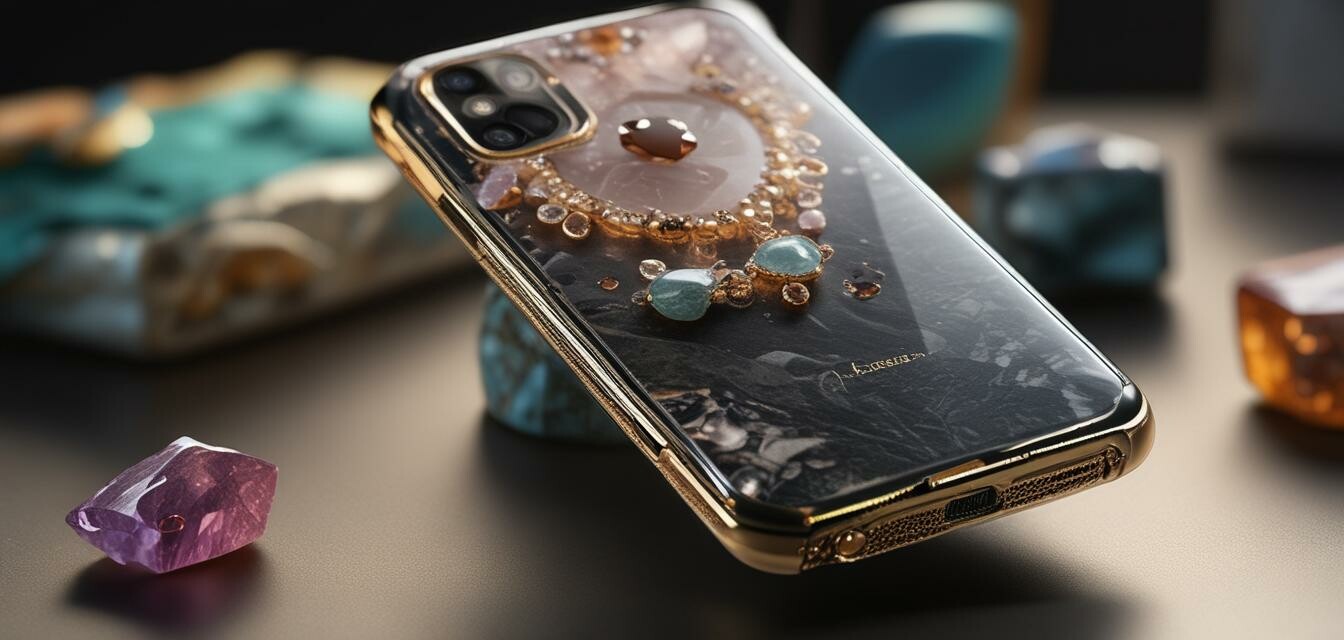
The influence of smartphone design on screen protector necessity
Key Takeaways
- Evolving smartphone designs necessitate advanced screen protection.
- Curved and bezel-less screens are more vulnerable to damage.
- High-quality screen protectors can enhance screen durability.
- Understanding smartphone materials can help in choosing the right protector.
- Trends in phone accessories are influencing buying behaviors.
As smartphones continue to evolve with innovative designs, the necessity for high-quality screen protectors grows increasingly important. From curved displays to glass backs, modern smartphones demand protection that meets their unique requirements. This article analyzes how the latest smartphone trends impact the need for advanced screen protection strategies.
Understanding smartphone design trends
The aesthetics and functionality of smartphones are continuously advancing. Here are some notable trends currently shaping smartphone designs:
- Curved displays: Many new models feature screens that wrap around the edges, making them more visually appealing but also more susceptible to damage.
- Bezel-less designs: By removing bezels, manufacturers provide a larger display area, but this can lead to a higher likelihood of screen scratches or cracks.
- Glass backs: A shift toward glass materials for the rear casing has made devices look premium but also increases fragility.
- Foldable devices: The introduction of foldable smartphones creates new challenges in screen protection due to the flexible displays.
Why screen protection is crucial
With the rise of these design elements, screen protection is no longer an optional accessory but a necessity. Here are some reasons backing this necessity:
| Smartphone Feature | Risk Level | Screen Protector Advantage |
|---|---|---|
| Curved Displays | High | Enhanced edge protection |
| Bezel-less Designs | Medium | Prevents direct impact to edges |
| Glass Backs | Medium | Reduces the risk of drop damage |
| Foldable Screens | High | Stability during folds |
Types of screen protectors available
There are several types of screen protectors to consider based on design trends:
- Tempered Glass: Combines durability with a clear display and ease of application.
- Film Protectors: Offers lightweight protection, ideal for users who prefer a less bulky option.
- Liquid Screen Protectors: Provides an invisible layer of protection by bonding with the screen.
- Privacy Screen Protectors: Helps maintain your privacy while protecting the screen from scratches and damage.
How to choose the right screen protector
Choosing the correct screen protector can significantly impact your device's longevity. Consider the following factors:
- Compatibility: Ensure it fits your specific smartphone model.
- Material: Different materials offer varying levels of durability and clarity.
- Thickness: Thin options provide a natural feel but may offer less protection. Thicker options provide better durability but may affect tactile experience.
- Ease of installation: Some protectors come with installation kits, while others may require professional application.
Pros
- Enhanced protection for modern devices
- Improved resale value of your smartphone
- Wide variety of styles and functions
Cons
- Can affect touch sensitivity
- May require frequent replacement
- Some models may be challenging to apply without bubbles or misalignment
Conclusion
In an era of rapid smartphone design evolution, the necessity for effective screen protection has never been more apparent. By understanding the design elements and the associated risks, consumers can make informed decisions when selecting screen protectors. Whether you prefer tempered glass, film, or liquid protectors, investing in high-quality options safeguards your investment against the unpredictable nature of everyday use.
For more insights on trendy phone accessories, feel free to visit our News and Trends section, or explore our Crystal Screen Protectors for excellent protective solutions!